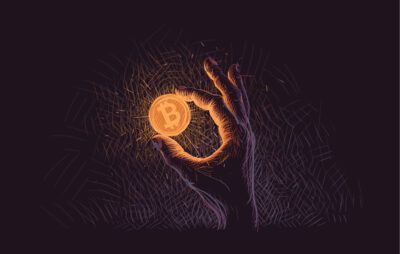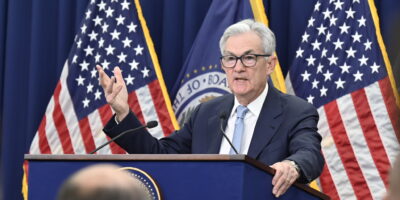The MIT Bitcoin Project
The MIT Bitcoin Project plans to give $100 worth of bitcoin to every undergrad at MIT. Ignoring any overhead, the program will cost a little less than half a million dollars. Why would they do that?
Payment vehicles like bitcoin are subject to what economists call network effects. That means individuals are concerned not only with the characteristics of bitcoin—how its supply is governed, ease of access, security of transactions, etc.—but also who else is accepting bitcoin. The size and composition of the bitcoin network matters. If few others are accepting bitcoin—or, more to the point, if few of one’s trading partners are accepting bitcoin—there’s little reason to accept it. On the other hand, if you can generate acceptance among individuals who trade with one another, that can have a significant effect on local acceptance. And it might also encourage global acceptance, because it increases the size of the network. That seems to be the goal of the MIT Bitcoin Project.
Think of it this way: bitcoin’s market capitalization at the moment is roughly $5 billion. That puts it on par with national currencies like the Costa Rican colón. The difference is that those using the colón are tightly packed into a small, central American country whereas bitcoin users are spread across the globe. If you are in Costa Rica, the network effects to use the colón are strong so almost everyone accepts it. There isn’t a place where the network effects are strong for bitcoin at present. The MIT Bitcoin Project is trying to change that.
Efforts to promote bitcoin at MIT are not limited to handing out bitcoin to undergrads. Last summer they hosted MIT BitComp, a program that awarded app developers with over $15,000 in prizes. In May, it hosted the MIT Bitcoin Expo and over 400 students showed up. Taken together, these activities have the potential to create a strong network of bitcoin users at MIT. It could be very significant for the bitcoin community more broadly.
Of course, it’s not a slam-dunk. You can give a student $100 worth of bitcoin, but you can’t make her use it. Network effects favoring the dollar could prompt many students to exchange their bitcoin for dollars immediately upon receipt. And even if they do generate a network of bitcoin users at MIT, these students will graduate in the next few years. As they spread out across the globe, there is some chance that they take their bitcoin use with them. However, I think it is more likely that they will bow to the pressures of the network effects in their new locations. That is: they will revert to transacting with dollars, euros, yen, colóns—whatever currency is favored by their new trading partners. I, for one, am excited to see what happens with bitcoin at MIT. Stay tuned!










